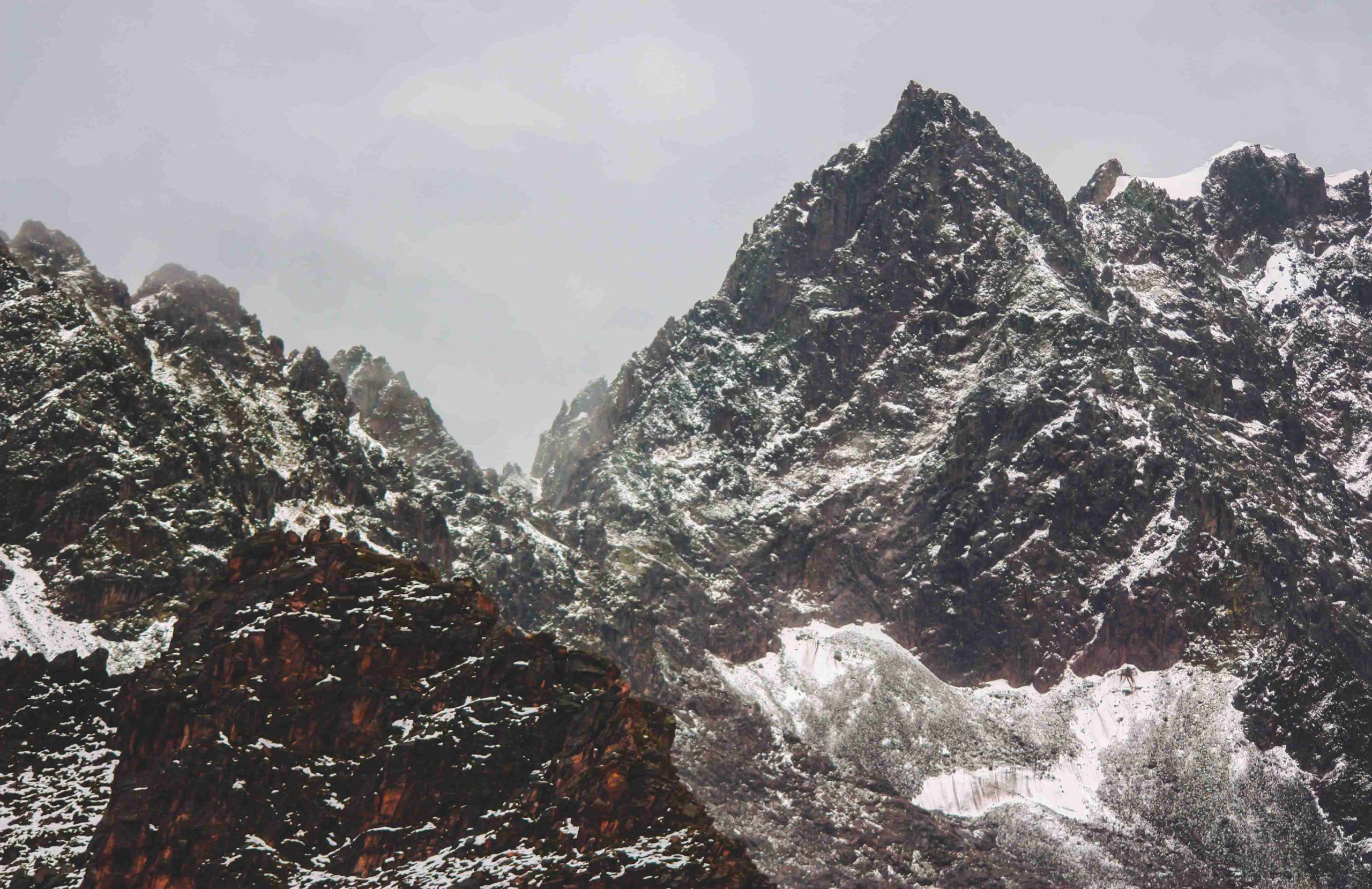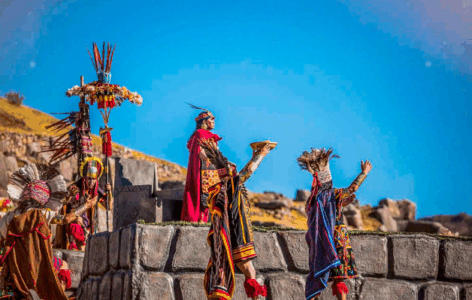In the Andean spiritual tradition, a Chakaruna is more than a title—it is a living bridge. Formed from the Quechua words chaka (bridge) and runa (person), a Chakaruna is one who walks between worlds: spiritual and material, ancestral and modern, Indigenous and global. This role is not assigned—it is earned through initiation, humility, and devotion to service.

To become a Chakaruna is to live in two realities at once: to honor the deep, rooted wisdom of the Andes, while navigating the shifting complexity of the modern world. It requires courage, clarity, and a heart devoted to Ayni—sacred reciprocity.
The Meaning of Chakaruna: A Human Bridge
In traditional Andean communities, the bridge is not only physical—it is symbolic, energetic, and spiritual. A Chakaruna is called to:
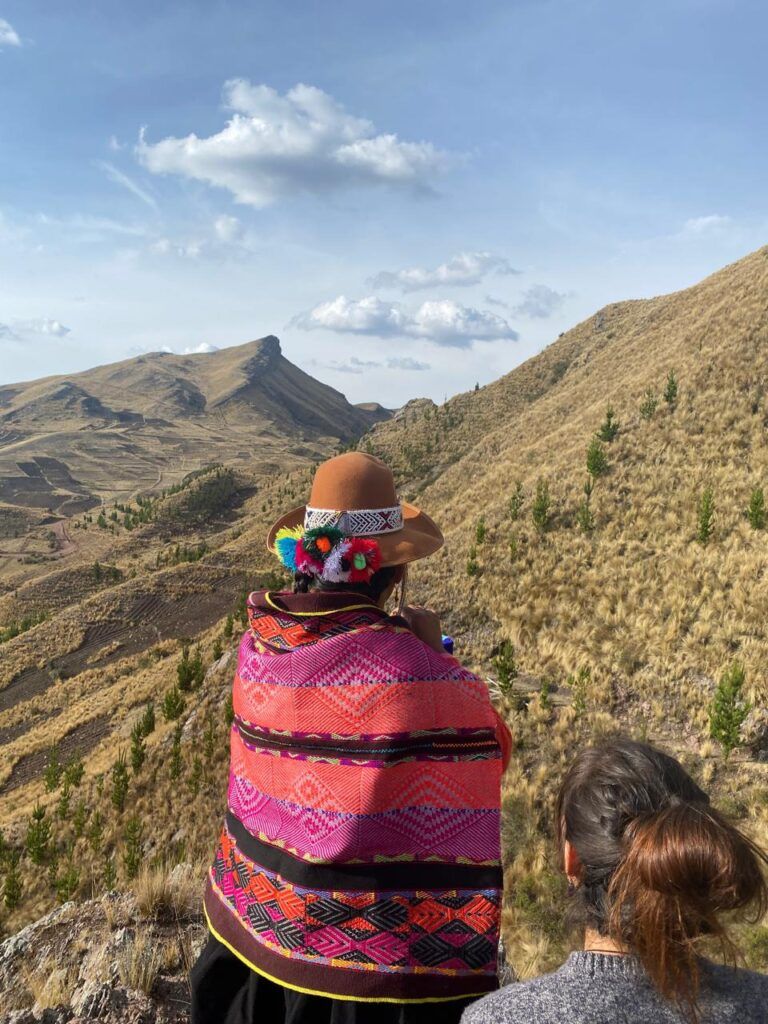
- Translate ancestral wisdom into forms modern people can receive
- Carry spiritual technologies like despachos, k’intus, and mesa work across cultures
- Protect the integrity of sacred traditions while making them accessible
- Walk in two pachas (worlds) without losing center: Kay Pacha and the world beyond
“The Chakaruna does not belong to one place. They belong to the space between—and their work is to keep the bridge alive.”
(Miro-Quesada, 2010)
Walking Between Indigenous and Global Realities
To walk as a Chakaruna means holding the tension between Indigenous traditions and the globalized world—not by rejecting either, but by weaving them with discernment.
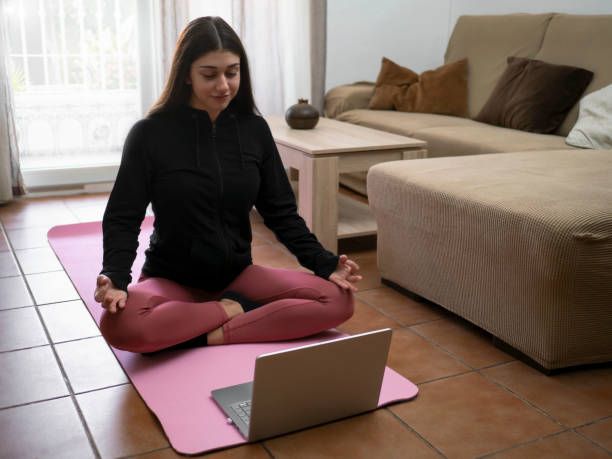
- You move between ceremony and technology, ritual and reason.
- You guide others into respectful connection, not cultural appropriation.
- You listen to elders, and also educate outsiders.
This is not an easy path. It involves witnessing colonization, healing historical wounds, and standing for authenticity in a time of spiritual confusion.
“A Chakaruna is not someone who mixes everything. They are someone who walks with both feet rooted—in two worlds, in one soul.”
(MacLean, 2012)
Initiation: The Call to Carry the Bridge
Becoming a Chakaruna often begins with:
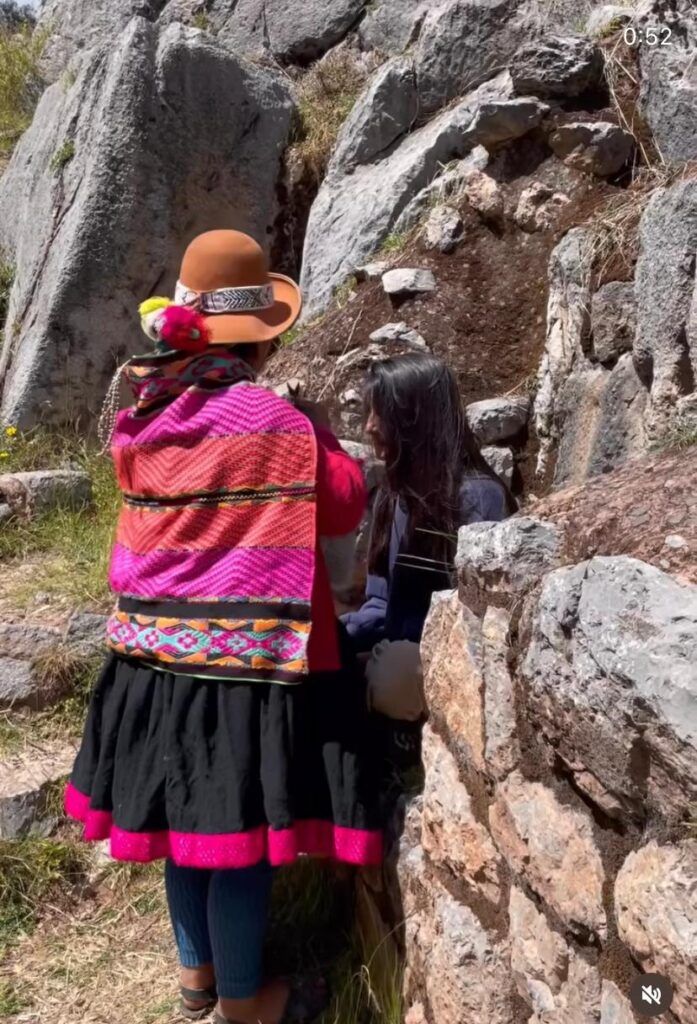
- A crisis of identity or belonging
- A strong intuitive pull toward ancestral medicine
- Encounters with Paqos, Apus, or Ñustas in vision or ceremony
- A deep grief for disconnection—from spirit, land, or lineage
Through despachos, karpays, and encounters with sacred sites like Ausangate, Qoyllur Rit’i, or Mama Qocha, the initiate receives guidance not from humans, but from the spirit world.
“It is not you who chooses to become a Chakaruna. It is the bridge that finds you.”
(Núñez del Prado, 2009)
The Courage Required: Challenges on the Path
Being a Chakaruna requires more than knowledge—it requires inner strength, ethical clarity, and constant self-purification.

You will face:
- Misunderstanding or rejection from both Indigenous and Western communities
- Pressure to commercialize or dilute sacred teachings
- The loneliness of walking a path few understand
- The responsibility to heal your own wounds before guiding others
But the bridge cannot hold others if it is not strong. This is why Chakarunas must continually walk with Munay (heart), Yachay (wisdom), and Llankay (service).
Living as a Chakaruna in the Modern World
A Chakaruna today may be a healer, a teacher, a translator, or a ceremonialist. But more than a role, it is a way of being:

- Living with reciprocity and offering your gifts humbly
- Honoring the sacredness of life in every task
- Keeping the memory of the ancestors alive
- Listening to both the elders and the Earth
- Building bridges not only between people, but between realms
- Honoring the sacredness of life in every taskKeeping the memory of the ancestors aliveListening to both the elders and the EarthBuilding bridges not only between people, but between realms
This path is not about becoming a guru. It’s about becoming a hollow bone, a conduit through which spirit and Earth meet again.
You may feel torn. That is the sign of the bridge.
You may not know where you belong. That is the doorway.
You may be asked to serve. That is the path of the Chakaruna.
Bibliography
- Miro-Quesada, O. (2010). Lessons in Courage: Peruvian Shamanic Wisdom for Everyday Life. Boulder: Sounds True.
- Wilcox, J. (2004). Keepers of the Ancient Knowledge: The Q’ero Mystics of Peru. Vermont: Inner Traditions.
- MacLean, K. (2012). The Shape of the Inka Heart. UK: Heart of the Andes Press.
- Núñez del Prado, J. (2009). The Andean Cosmovision. Cusco: Willka Nina Press.
- Andean Oral Traditions, Q’ero Nation (2000–2022)

